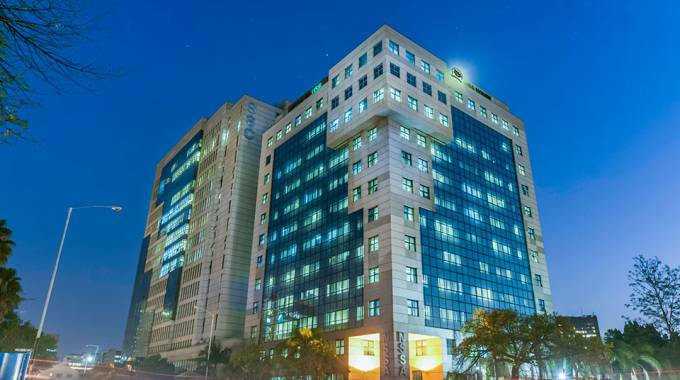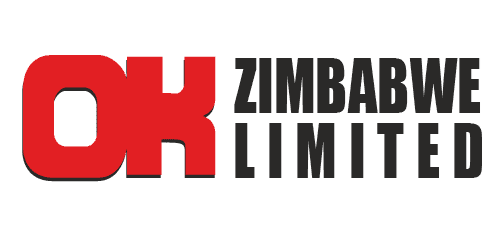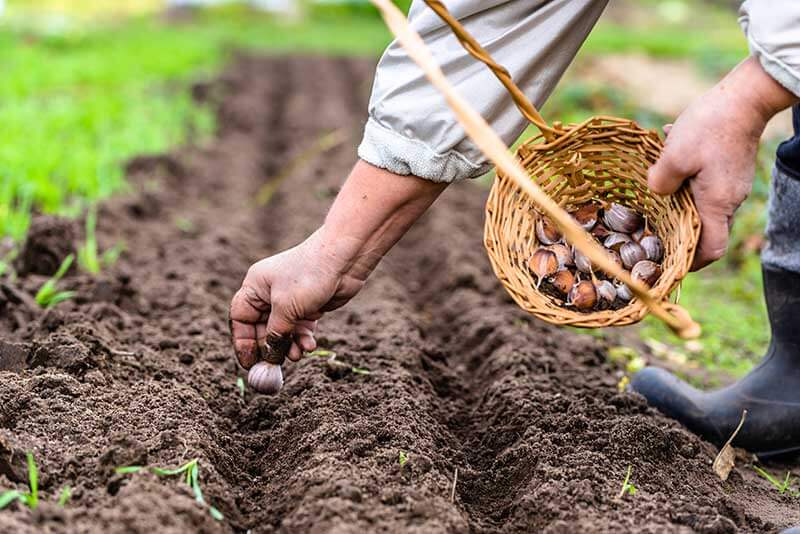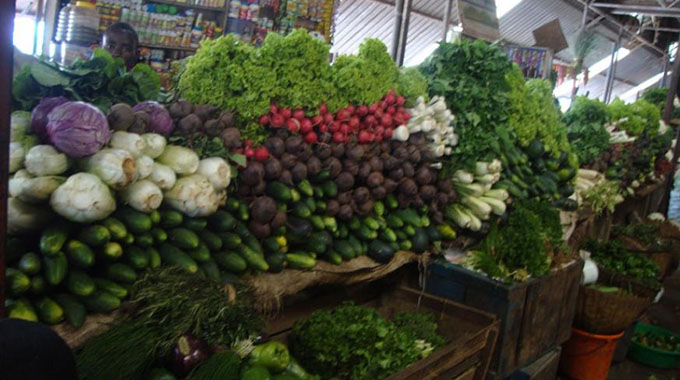Farmers start accessing US$30m horticulture fund
HORTICULTURE farmers have started applying to access the US$30 million revolving fund, which was availed by the Government under the International Monetary Fund (IMF) Special Drawing Rights.
The US$30 million horticulture revolving fund was launched last September to capacitate local farmers in boosting production and tackling challenges related to the unavailability of appropriately structured financing for short to long-term expenditures.
The fund is expected to drive enhanced value addition and beneficiation of fresh produce, which will in turn strengthen Zimbabwe’s exports of horticultural produce.
Horticulture Development Council (HDC) chief executive officer, Ms. Linda Nielsen, confirmed that farmers have started accessing the funding although uptake was still slow citing certain reservations.
She said while the industry was appreciative of the package, they were engaging the Government to review some of the funding terms.
“There has been a slow uptake of the fund as traditional financing models do not necessarily suit horticulture production, particularly where long-term, patient capital is required, that is plantation crops,” said Ms Neilsen.
“We (recently) had a seminar with funders, farmers, and facilitators, HDC presented a framework for an inclusive funding model for plantation crops, which require patient capital and lower interest rates.
“HDC will continue working with stakeholders as we believe that with the right funding model and policies to support it, this industry could see exponential growth.”
In launching the funding scheme, the Treasury indicated that those eager to access the revolving facility should submit an application letter through selected participating banks for assessment.
The banks will then forward the letter accompanying the support for the project to the Treasury through the respective ministry.
Ms Neilsen said their sector fully welcomes the revolving fund as it bridges the provision of the much-needed working capital to fund horticulture production.
She, however, urged commercial banks to partner with them in coming up with innovative funding solutions to include the “un-bankable” farmers who do not have collateral and for models that would encourage the inclusion of women and youth.
“This will go a long way in attracting further investment into the revolving fund to reach a greater number of producers and spur the growth of emerging export producers,” said Mrs Neilson.
Increasing horticultural production through value addition and beneficiation is in line with the National Development Strategy 1 (2021-2025), whose main objective is to structurally transform Zimbabwe’s economy from one highly dependent on the export of agricultural raw materials to an economy trading in high value processed goods.
Under the Horticulture Recovery and Growth Plan, the sector is projected to contribute export earnings of US$300 million per year, at least by 2030, up from an estimated US$77 million.
National Development Strategy 1 (NDS1)
Zimbabwe was allocated SDR677 million (US$958 million equivalent) by the International Monetary Fund (IMF), which is part of the SDR’s General allocation of US$650 billion that was released last year to all IMF member countries.
It is from these resources that the Treasury channeled part of the funds towards supporting key economic sectors such as horticulture, industry retooling, tourism, and smallholder farming irrigation systems.
The breakdown of SDR disbursements towards the productive sector includes; a US$30 million horticulture revolving fund, US$22,5 million industry retooling for value chain revolving fund, US$7,5 million tourism facilities services development and upgrading revolving fund, and the smallholder farmers irrigation infrastructure development fund to the tune of US$20 million. -chronicle.co.zw










